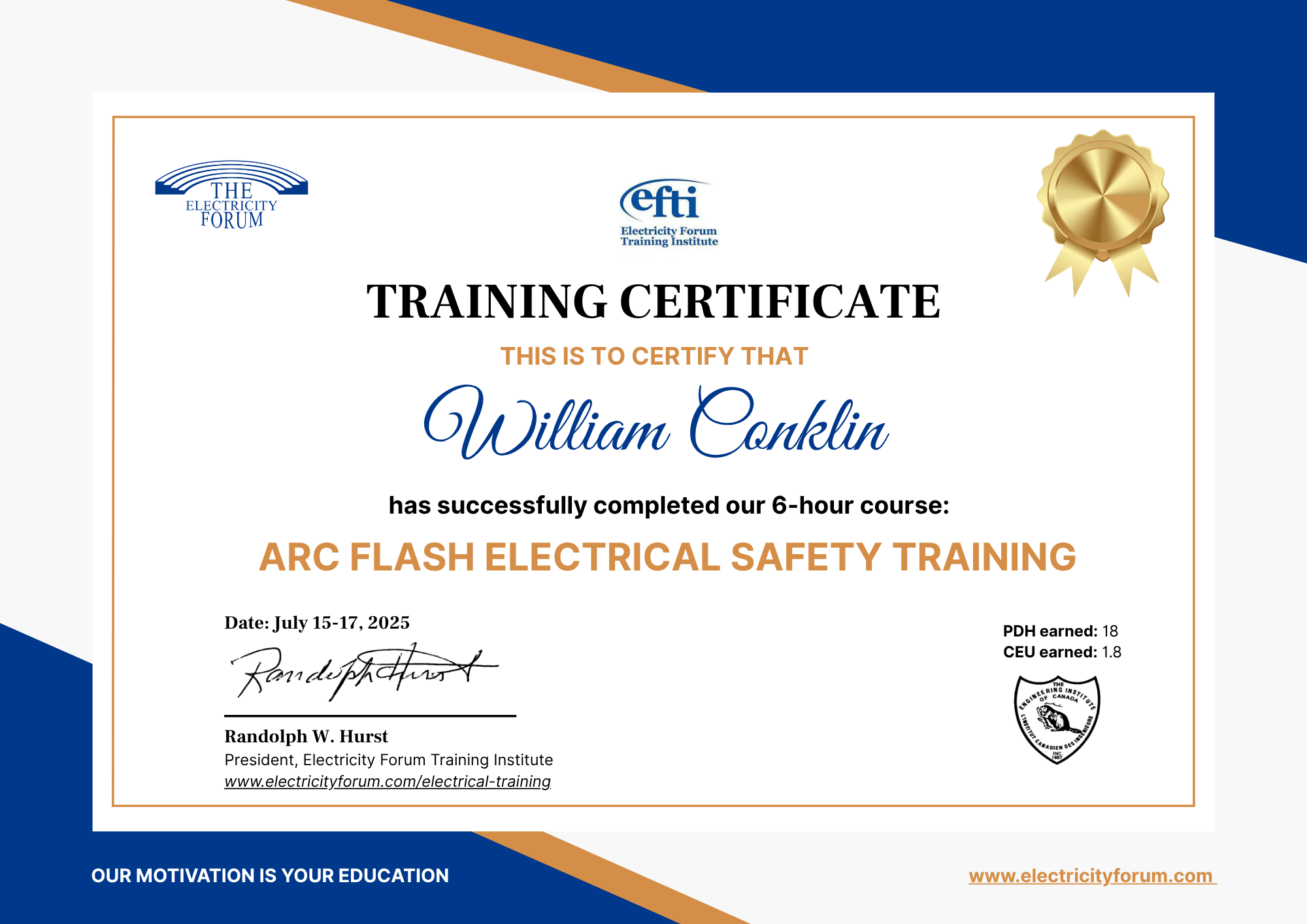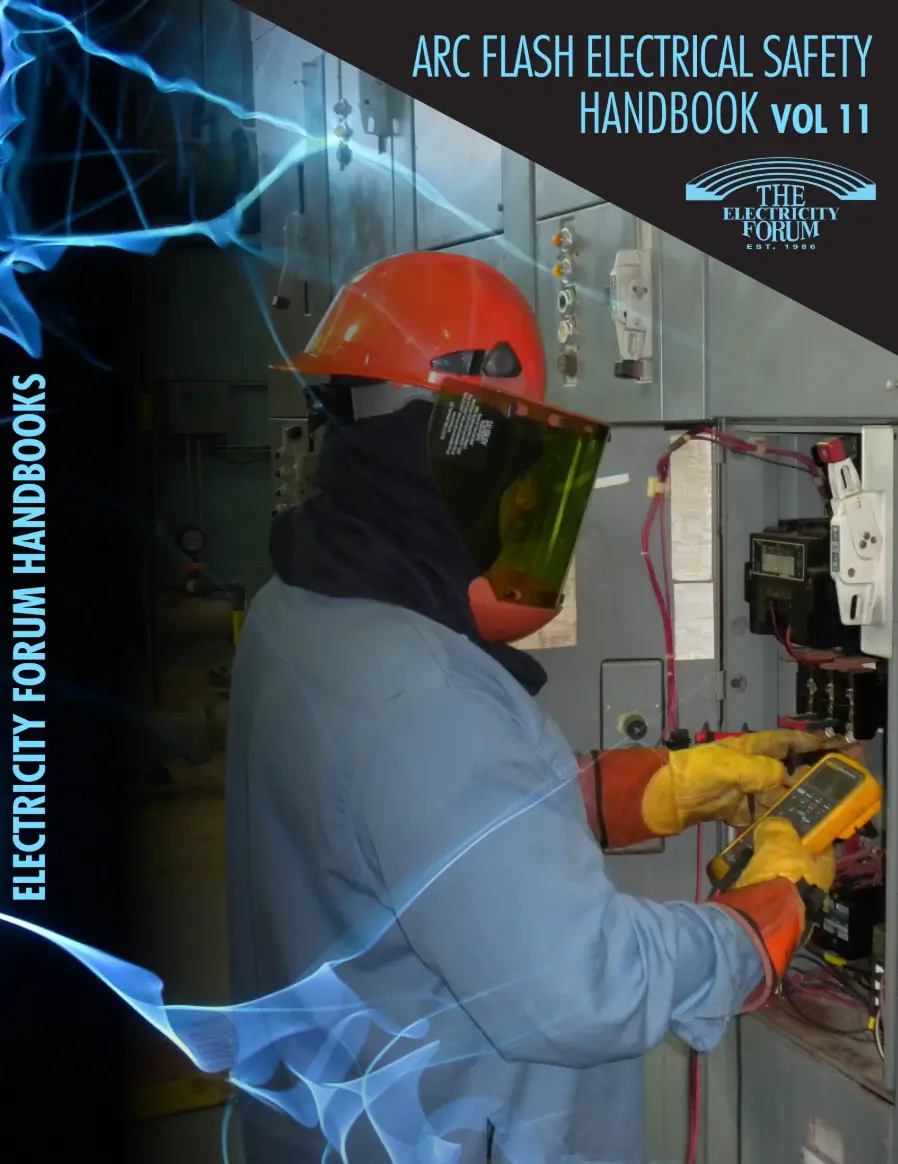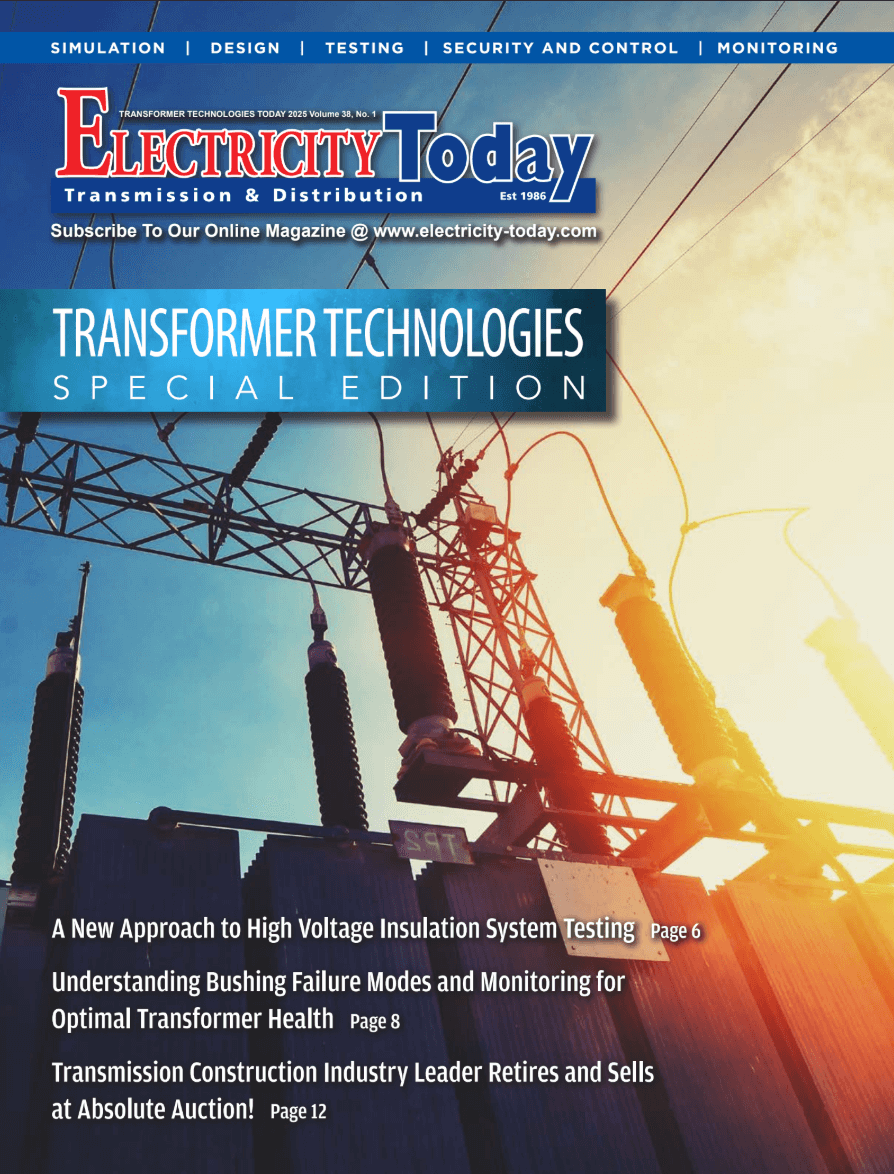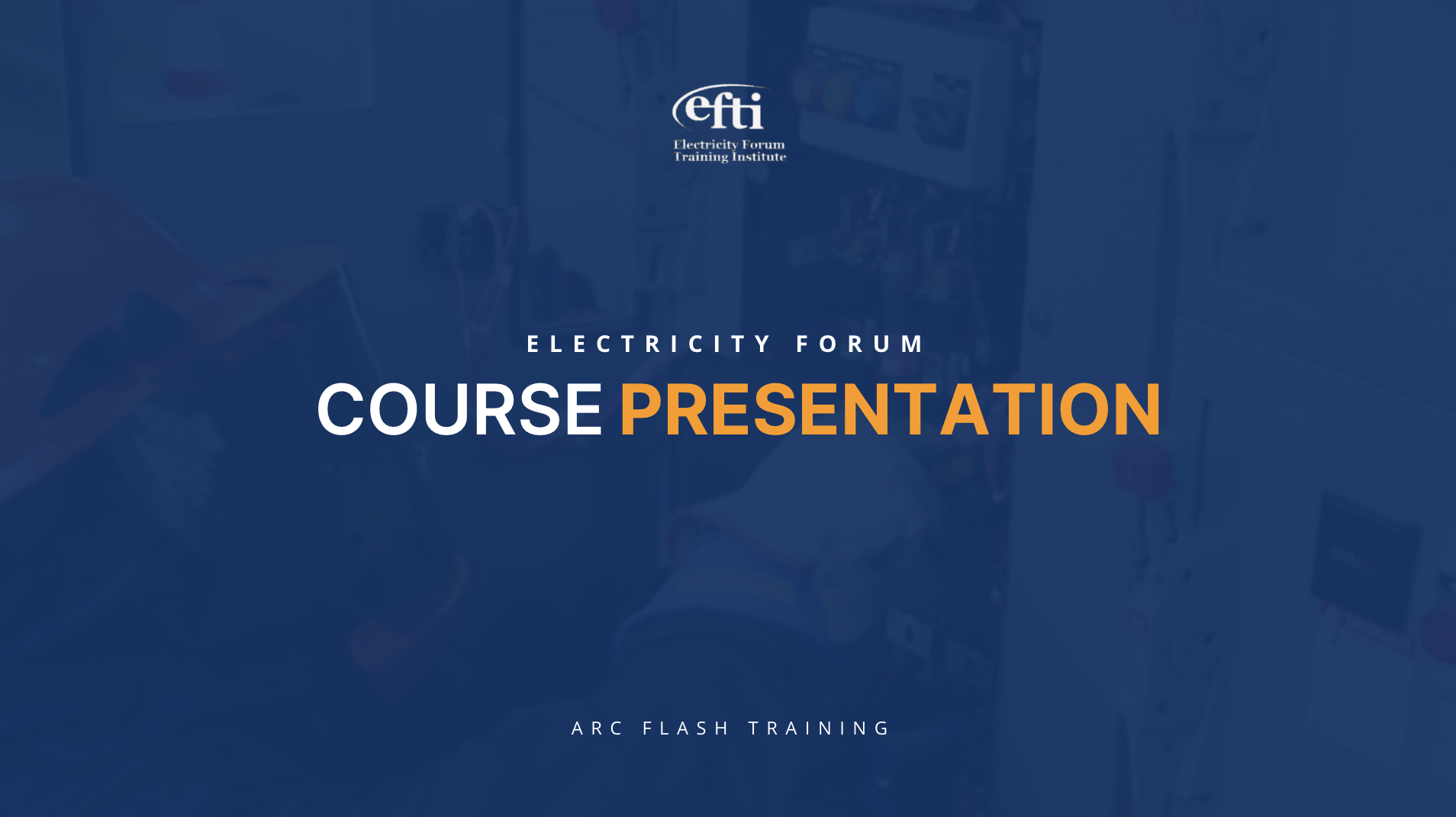This 12-hour live online substation grounding course provides essential training on the design, inspection, testing, and maintenance of grounding systems for high-voltage transmission and distribution systems, focusing on electrical power substations.
Proper substation grounding is critical for safety, equipment protection, and reliable power system operation. Whether in utility or industrial settings, substation components rely on well-designed grounding systems to safely dissipate fault currents and protect personnel from electrical hazards. Over time, grounding systems may degrade due to corrosion, physical damage, or environmental exposure, making regular testing and evaluation a necessary part of any substation maintenance program.
This course offers a comprehensive approach to substation grounding. Participants will explore key principles, from the fundamentals of grounding design to advanced soil resistivity modelling and current distribution analysis. The training will also cover essential procedures for installing and maintaining temporary working grounds and ensuring lightning and surge protection.
Course Topics Include:
-
Principles of high-voltage grounding system design
-
Soil resistivity testing and two-layer soil model analysis
-
Grounding system testing: impedance, current distribution, and bonding integrity
-
Inspection and maintenance techniques for grounding systems
-
Safety standards for grounding of substation equipment
-
Installation and testing of temporary working grounds
-
Grounding for surge and lightning protection systems
-
Grounding conductors: selection, sizing, and material considerations
-
Application of grounding in utility networks and industrial substations
-
Electrical bonding and equipotential safety practices
Learning Outcomes
After Attending, You Will Be Able To:
-
? Understand the basics of high-voltage grounding and why it’s essential for safety and reliability
-
? Apply proper electrical bonding practices in high-voltage systems
-
? Select and size grounding conductors based on system needs and standards
-
? Evaluate and maintain grounding systems for substations using proven testing methods
-
? Integrate high-voltage surge and lightning protection into grounding designs
-
? Ensure compliance with safety codes and reduce risks to personnel and equipment
Related Training and Resources
To enhance your understanding of electrical infrastructure, see our related courses and guides:

















